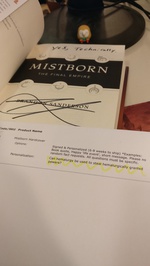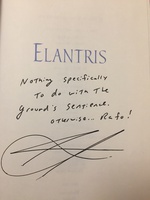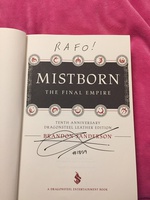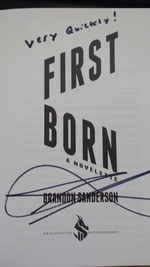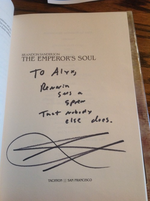Argent
Are all the constellations symbolic in nature? If so, can you fill in any gaps in my understanding of them (or expand on them, point out cool things I may have missed, etc)? I've got:
- Roshar - Shardbearer (or maybe Herald). Pretty obvious, considering how dominant those are.
- Nalthis - someone exhaling or giving Breath. Again, straightforward.
- Threnody - a grieving woman? Because Threnody, like the other inner planets in the Threnodite system, all bear names related to grieving, mourning, that kind of stuff.
Isaac Stewart
All correct so far.
Argent
Taldain - a tree? Because of the importance of water on the world?
Isaac Stewart
A one tree. This is a symbolic reference to the Shard that resides on that world. The Coppermind says this: "Khriss writes that Bavadin supports a policy of strict isolationism for Taldain."
Argent
First of the Sun - a sailor? Because of how the natives live, traveling between the isles?
Isaac Stewart
A fisherman, actually. He's throwing his net out among the stars.
Argent
Sel - the lamp makes a lot more sense now, thanks! I don't think anyone had pointed out that Sel is inside the flame, not the lamp - but the lamp is so much dominant in the image, it was easy to focus on it :)
Isaac Stewart
Just repeating what I mentioned before in case I ever make this into a blog post. Sel's constellation is symbolic (as is the constellation Threnody is found in). As for the lamp, notice that Sel is not exactly part of the lamp. It's part of the flame. How does Aon Dor work? An Elantrian creates an opening for it to pour through and affect the world. Think of the flame as a symbol for the Dor. Does that make sense?
Argent
Scadrial - why is it absent? And is it really absent, or there but just not labeled (for whatever reason)?
Isaac Stewart
Scadrial's there. It's just part of the constellation I've been calling the Giver. Some worlds are closer together than others, so there wasn't room to give each world its own constellation.

